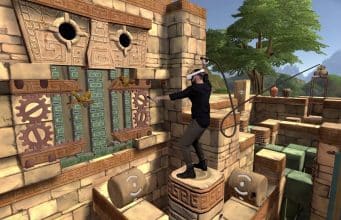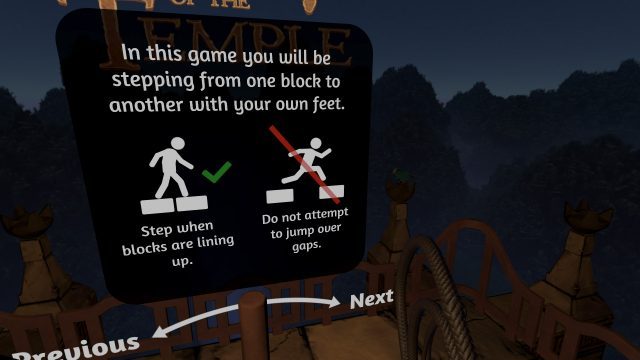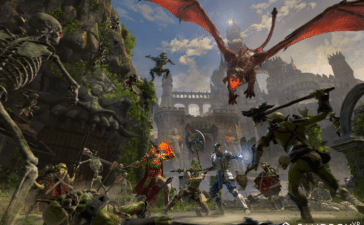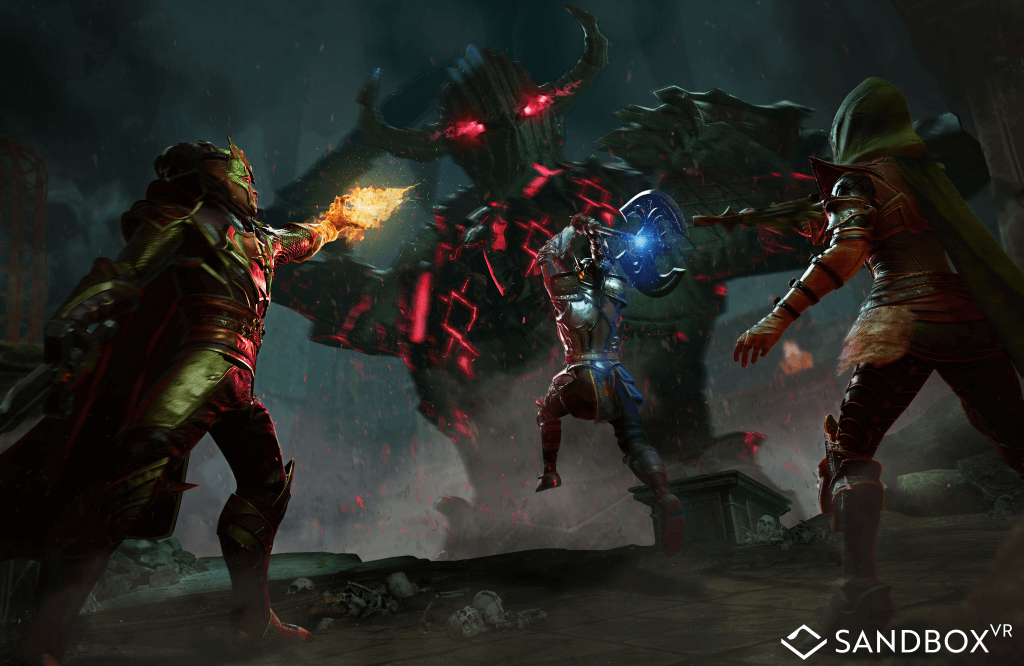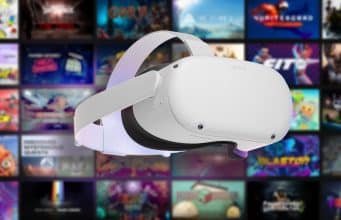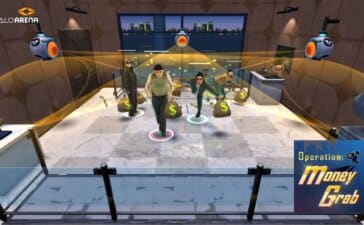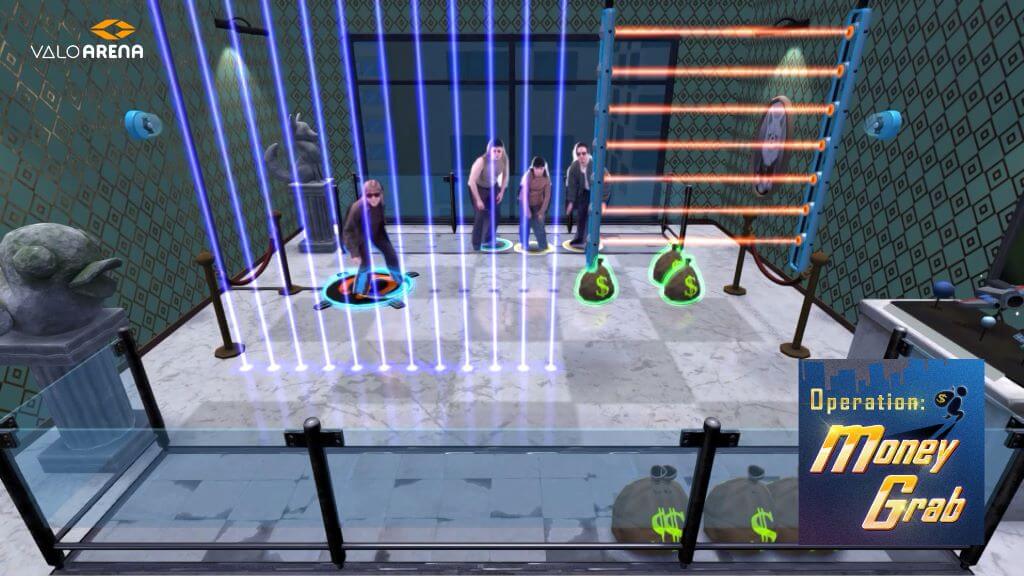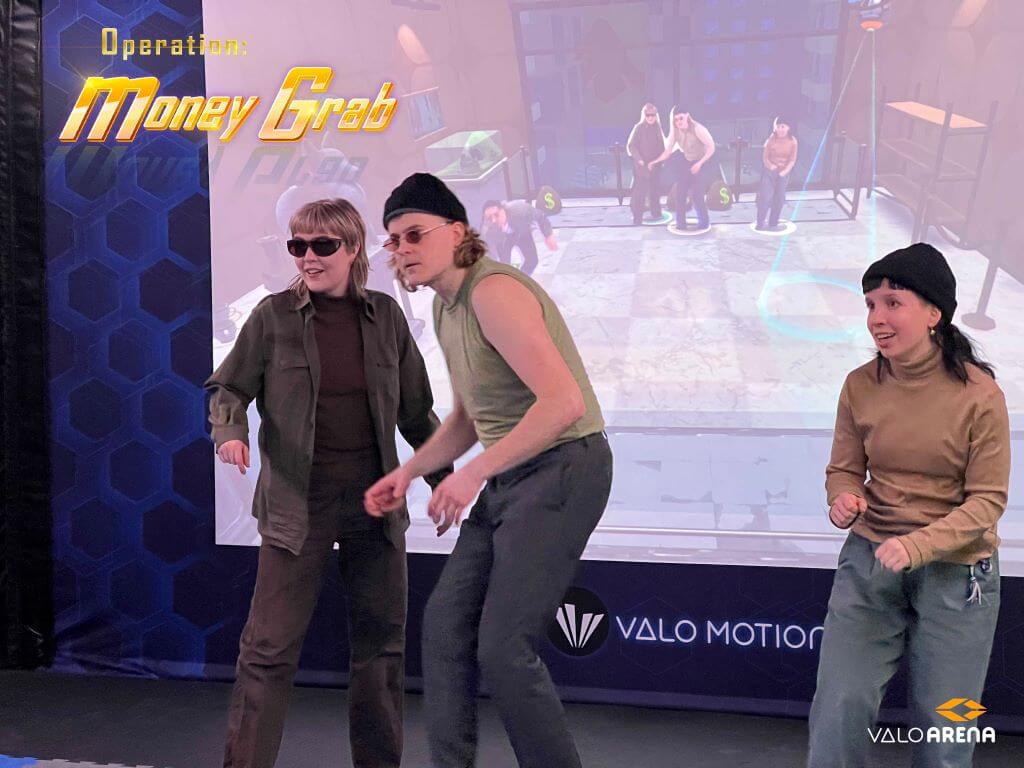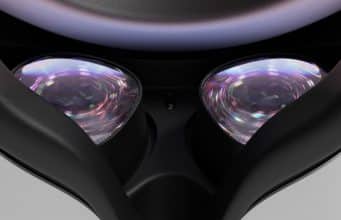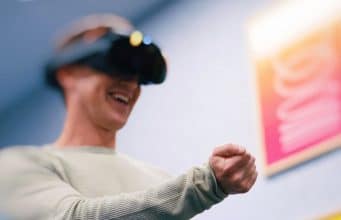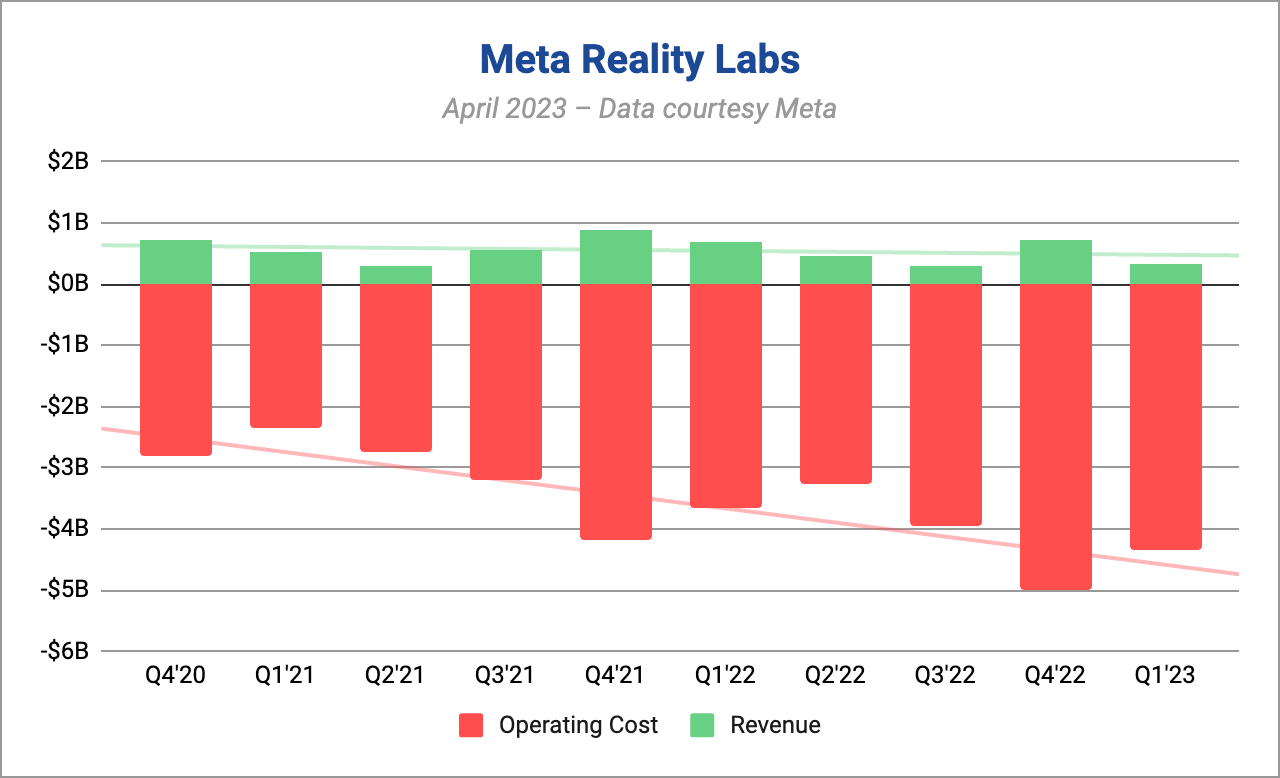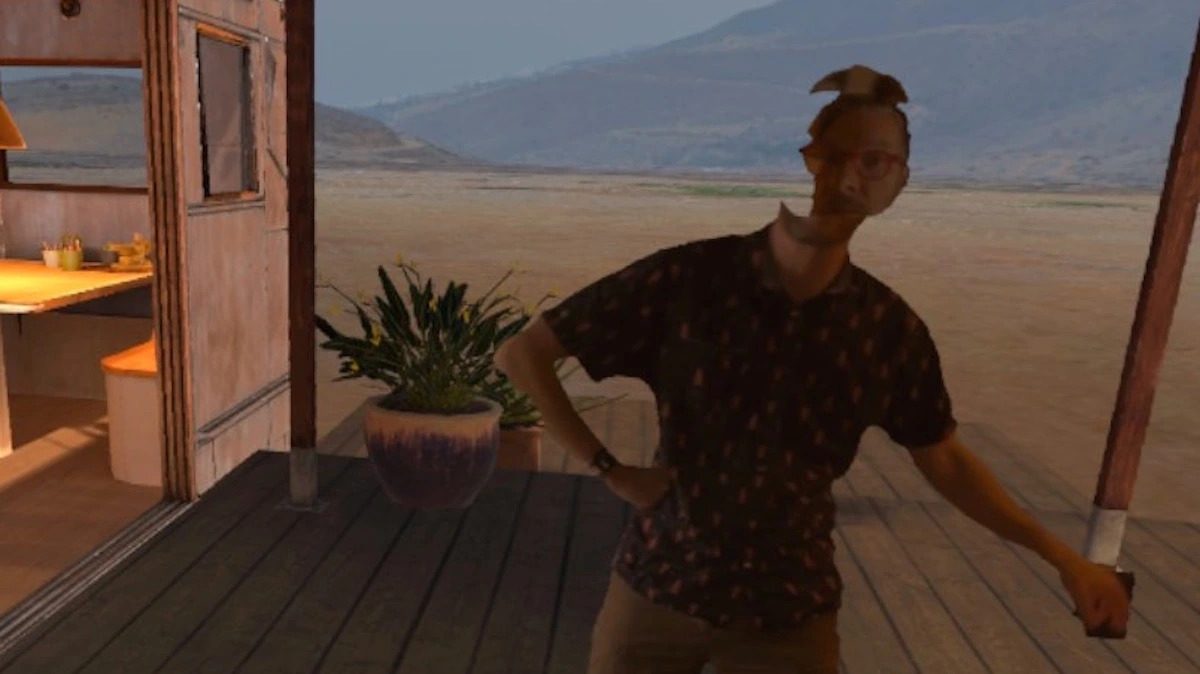The Park Playground’s Newest VR Experience for Battle Game Fans Is Here
Europe-based virtual reality experiences provider The Park Playground recently launched its latest offering, a new esports-inspired VR experience called NanoClash Focus. A first in the industry, this new virtual reality game allows two opposing teams to battle it out simultaneously on two independent fields. It’s a fully mobile, free-roam game that aims to provide an immersive and engaging VR experience for players.
An Exciting Combo of VR Experience and Esports
For NanoClash Focus The Park Playground partnered with HTC and Triangle Factory. The company was encouraged by the success of one of its past VR experiences that allowed players to compete remotely in a virtual battlefield in separate cities. This led to the development of NanoClash Focus, which used elements from esports in its design and artificial intelligence technology to ensure an enhanced user experience.
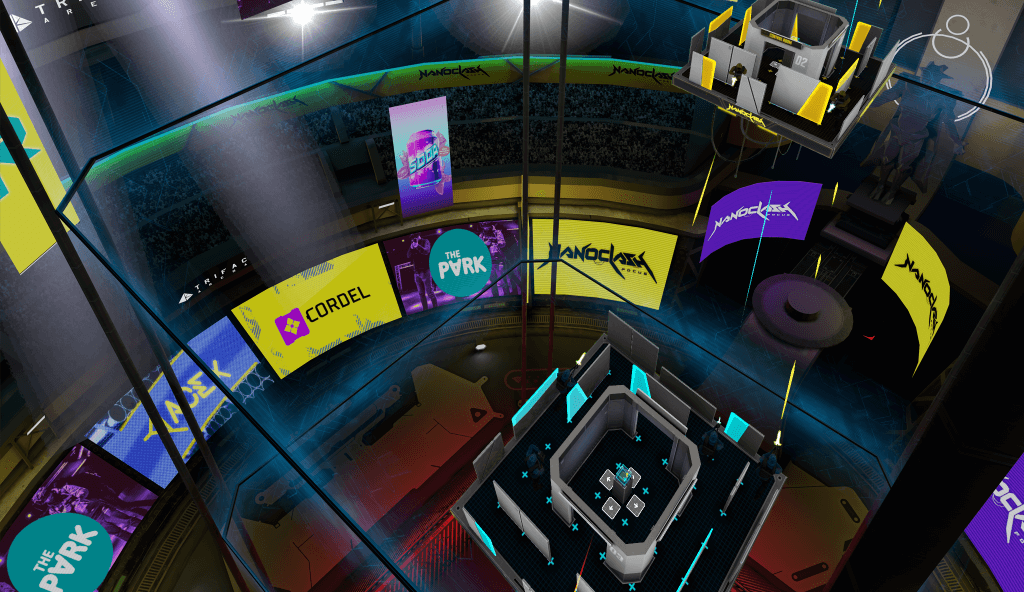
Players of NanoClash Focus are virtually transported to a hanging platform in a futuristic setting, where they compete against another team in a laser shoot-out, sports battle-style. Each team consists of four to eight people, and the goal is to be the first to reach the arena floor and prevent opponents from doing so by shooting with either laser guns or laser cannons.
Using HTC VIVE Focus 3 wireless headsets that offer greater mobility, players can freely roam the playing field. “Power-ups” are up for grabs in the game, giving teams a solid advantage when they utilize them strategically. The game is a VR experience combined with the exciting features of esports, a move that The Park Playground wants to pursue.

“With two teams positioned on two independent free roam fields and rewards given for teamwork and strategic thinking, NanoClash Focus is an exciting example of how we’re driving technological innovations in LBE VR alongside our partners,” The Park Playground CEO Peter Vindevogel said in a press release shared with ARPost.
According to Vindevogel, the company plans to develop more experiences that use elements of other gaming formats. NanoClash Focus is an example of a location-based VR experience that is inspired by esports for a more immersive, interactive, and inclusive experience. “We’ll be seeing this cross-pollination between LBE VR and elements more traditionally associated with gaming surfacing much more frequently in the future,” Vindevogel further explained.
Developing More VR Experiences with AI
The release of NanoClash Focus is an exciting achievement for The Park Playground. The company has only recently begun experimenting with AI technology and data management in its game development process. The result is a more efficient way of developing seamless and innovative VR experiences that The Park Playground aims to achieve.
“Tapping into emerging technologies like AI is something LBE VR providers must consider doing to remain relevant and drive innovative VR experiences that keep people coming back for more,” said the company’s CTO Gilles-Adrien Cenni.
With the launch of NanoClash Focus, The Park Playground seems poised to enter more markets in Europe, Australia, and the US. Headquartered in the Netherlands, the VR experience company currently has 13 owned and franchised locations around the world.
It recently opened two new locations in Brisbane, Australia, and Leeds, UK, and is set to open another venue in Birmingham this year. NanoClash Focus is available for players to try out in all of The Park Playground’s locations globally.
The Park Playground’s Newest VR Experience for Battle Game Fans Is Here Read More »



